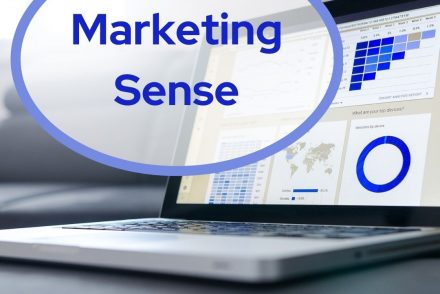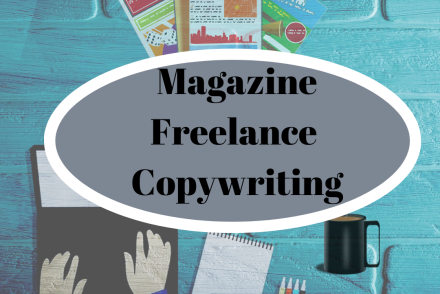
Your First Step to Expand Your Author Platform: Develop a Community Built Upon Service
Our author platform will never grow until we reach beyond our circle of family-and-friends to those in our target…
November 12, 2024
Our author platform will never grow until we reach beyond our circle of family-and-friends to those in our target…
November 12, 2024
Writers Chat, hosted by Johnnie Alexander, Brandy Brow, and Melissa Stroh, is the show where we talk about all…
July 31, 2024
Creating a content hub is the best way to organize your website’s content IF your topics coordinate with one…
July 12, 2024
Introduction In the process of digital transformation, influencer marketing can be seen as the navigation that points brands to…
July 7, 2024
In Part One we discussed how very valuable email is to our platform, and why using an email provider…
June 12, 2024
The motor roared to life when I put the key into the ignition, and I carefully backed out of…
June 3, 2024
This 3-part series focuses on growing your author platform in 2024, specifically, via an online community such as a…
May 13, 2024
Your book is launching in 6 months. Reviewing your email list, you see 37 active subscribers (people who currently…
April 12, 2024
The most engaging blog posts have five elements: content, a title, subheads, images, and white space. If you haven’t…
March 12, 2024
Every author has a challenge with their submission to an agent or editor. How can your proposal become irresistible?…
February 25, 2024
It seemed like such a great idea. Last summer, with four Lead Magnets offered on my website’s Home page,…
February 12, 2024
Lead Magnets, those 3-10-page PDF files offering readers a simple yet profound change for free, are perhaps my favorite…
January 12, 2024
Last month I shared Email #1 of my 4-part Welcome email series example. Here are the remaining 3 emails…
December 12, 2023
Nondescript, the small store named *Joe’s Mattress! lay nestled in between two, more active businesses. Its blandness caught my…
October 12, 2023
A Lead Magnet is a marketing tool. “Lead Magnet” is marketing speak for what is typically a 3-10 page…
September 12, 2023
Are you pleased with your website’s Home page? The way it looks, its design, and most important, its effectiveness?…
August 12, 2023
(NOTE: This doesn’t apply to multiple audiences. They rarely have sustainable, overlapping needs.) Serving multiple audience categories via email…
July 12, 2023
This 3-part series focuses on growing your author platform in 2023, specifically, via an online community such as a…
May 12, 2023
This month’s edition of Reader’s Digest (Dec ’22 / Jan ’23) included a section near the back called To:…
January 12, 2023
LinkedIn is the world’s largest professional network. They help 8 people get hired every minute and host a range…
December 14, 2022
If your website is on Domain A’s URL (web address) and your blog is on Domain B’s URL, the…
December 12, 2022
Writers Chat, hosted by Jean Wise, Johnnie Alexander, and Brandy Brow, is the show where we talk about all…
November 19, 2022
When you’re a freelance copywriter or author, you’re not just your own boss — you are your own brand,…
November 14, 2022
All your proverbial ducks are in a row. It’s time to “pitch” podcasters, to let them know you’re available…
October 12, 2022
We’ve almost finished preparations for our online workshop! If you’re just joining us, you may wonder… “Why bother with…
September 12, 2022